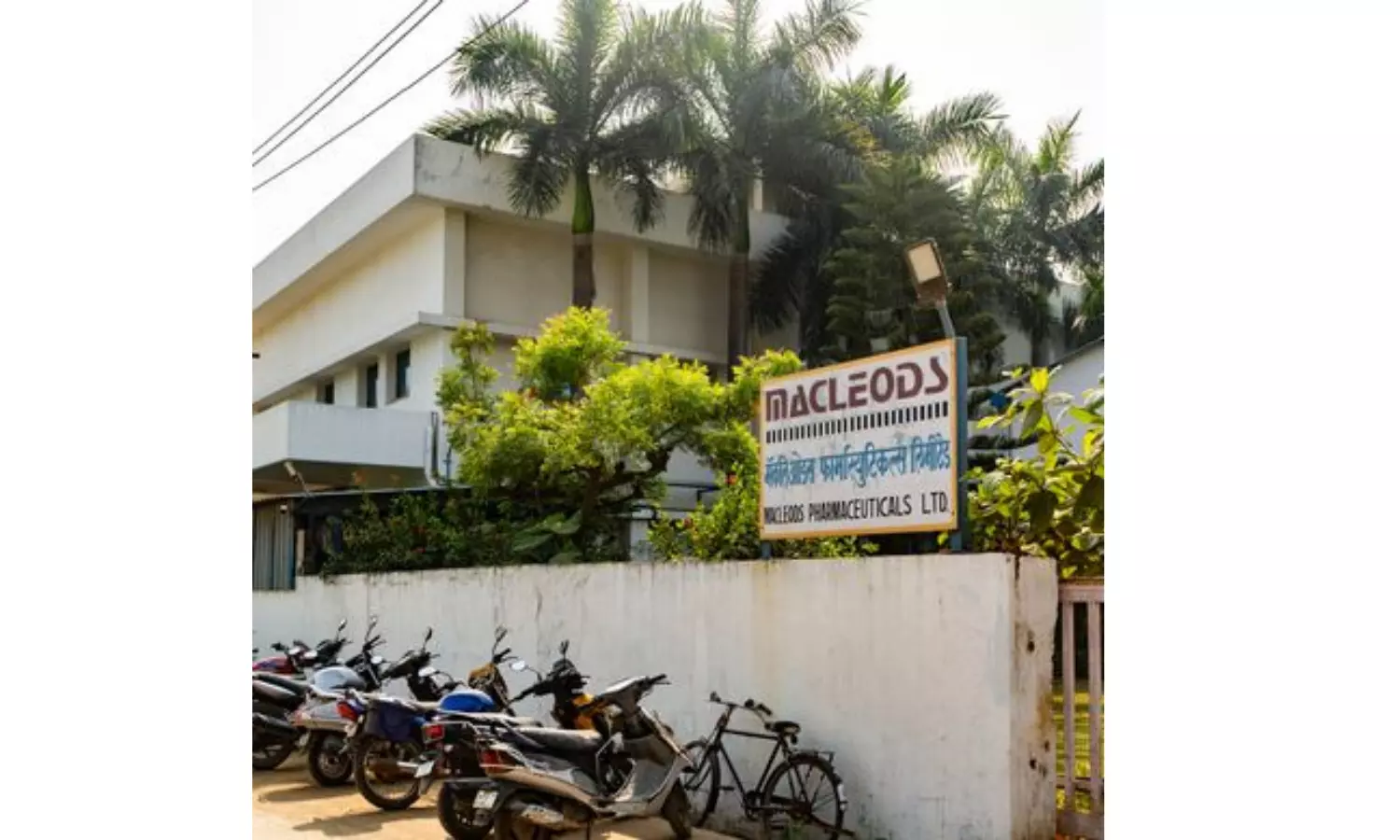CDSCO Panel Seeks More Toxicity Data from Macleods on Semaglutide Injection Pre-Filled Pens
- byDoctor News Daily Team
- 23 October, 2025
- 0 Comments
- 0 Mins

New Delhi:The Subject Expert Committee (SEC), functioning under the Central Drugs Standard Control Organization (CDSCO), has opined that Macleods Pharmaceuticals furnish additional data from its subcutaneous toxicity studies before further consideration of approval for its Semaglutide Injection 0.25 mg/0.5 mg/1 mg Pre-filled pen (4 mg/3 ml) and Semaglutide Injection 2.0 mg prefilled pen (8 mg/3 ml) (Synthetic origin), 1.7 mg/2.4 mg Pre-filled pen (9.6 mg/3 ml) pre-filled pen formats. This came after the firm presented the Subcutaneous Toxicity Study of Semaglutide Injection Pre-filled pen in Wistar Rats and New Zealand White Rabbits. The expert panel suggested that the firm should submit histopathological data and organ sections duly certified by the pathologist observed during the Subcutaneous Toxicity Study. Furthermore, it stated that the firm should submit a statistical comparison of biochemical parameters and parameters related to regulatory toxicity observed during the Subcutaneous Toxicity Study. Semaglutide is a glucagon-like peptide 1 receptor agonist used to improve glycemic control in type 2 diabetes mellitus, treat obesity, and reduce the risk of major adverse cardiovascular events in selected adults. GLP-1 is a physiological hormone that promotes glycemic control via several different mechanisms, including insulin secretion, slowing gastric emptying, and reducing postprandial glucagon secretion. The homeostasis of glucose is dependent on hormones such as insulin and amylin, which are secreted by the beta cells of the pancreas. Semaglutide is 94% similar to human GLP-1. Analogs of this hormone, such as semaglutide, stimulate the synthesis of insulin by stimulating pancreatic islet cells and reducing glucagon secretion. They directly bind with selectivity to the GLP-1 receptor, causing various beneficial downstream effects that reduce blood glucose in a glucose-dependent fashion. After detailed deliberation, the Committee opined that: 1) The firm should submit histopathological data and organ sections duly certified by the pathologist observed during the Subcutaneous Toxicity Study. 2) The firm should submit a statistical comparison of biochemical parameters and parameters related to regulatory toxicity observed during the Subcutaneous Toxicity Study. Accordingly, the expert panel suggested that the firm should submit the above-mentioned data/information to CDSCO for further review by the Committee.
Disclaimer: This website is designed for healthcare professionals and serves solely for informational purposes.
The content provided should not be interpreted as medical advice, diagnosis, treatment recommendations, prescriptions, or endorsements of specific medical practices. It is not a replacement for professional medical consultation or the expertise of a licensed healthcare provider.
Given the ever-evolving nature of medical science, we strive to keep our information accurate and up to date. However, we do not guarantee the completeness or accuracy of the content.
If you come across any inconsistencies, please reach out to us at
admin@doctornewsdaily.com.
We do not support or endorse medical opinions, treatments, or recommendations that contradict the advice of qualified healthcare professionals.
By using this website, you agree to our
Terms of Use,
Privacy Policy, and
Advertisement Policy.
For further details, please review our
Full Disclaimer.
Recent News
Weight-loss drugs like Ozempic may help reduce dru...
- 28 October, 2025
ADALA Trial: DOACs Match DAPT in Thrombosis Preven...
- 28 October, 2025
Study reveals fat-fueled neurons may unlock new br...
- 28 October, 2025
Closed-Loop Insulin System Improves Glucose Contro...
- 28 October, 2025
Daily Newsletter
Get all the top stories from Blogs to keep track.


0 Comments
Post a comment
No comments yet. Be the first to comment!